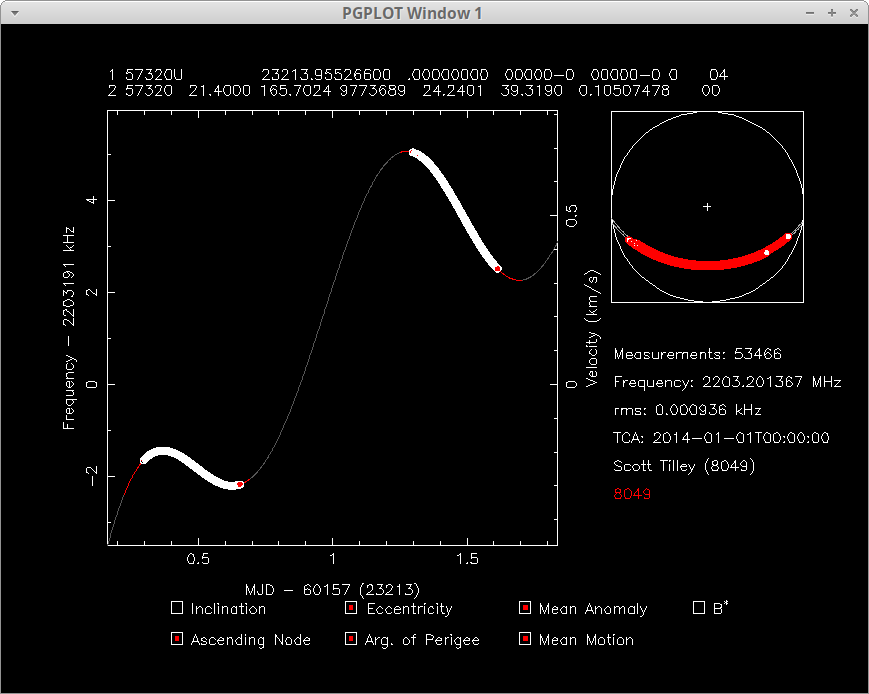#MERIDIAN 6 on X-band. Meridian 8 is rising to apogee now so lets see if it is active on X-band... If you recall, Meridian 8 replaced meridian 3 last summer but I never heard emissions from M8... Wonder if this is why there's a new launch scheduled for January? 



For those wondering what I'm going on about... The #Meridian constellation is a Russian military communications system in high Earth orbit serving the high latitudes of Russia. russianspaceweb.com/meridian.html
Last summer Meridian3 stopped transmitting and Meridian8 was launched in same plane. After a few months of monitoring Meridian8 I didn't see emissions until other priorities here caused me to stop listening. Then TASS just announced another #Meridian-M launch for this January...
It operates on two UHF bands, C-band and X-band.
#Meridian 6 has shut down as it descended from apogee, normal. Nothing heard from Meridian 8 the ascending replacement. Usual behaviour is both s/c will transmit simultaneously during the transition. I suspect M8 has failed and January launch is a replacement. 



A satellite in a Molniya orbit used by the #Meridian constellation requires 4 satellites to maintain 24 hour coverage over high latitudes. Here's a video providing some insight into orbital designs including the Molniya.
TASS has posted that a Meridian-M launch is scheduled for January 2020. Unless there's been another failure in the constellation it appears #Meridian 8 has failed to come online requiring a replacement to be launched. tass.com/defense/1104437
#MERIDIAN 4 turns on as it ascends to apogee. No sign of Meridian 8 in the gap between Meridian 6 and 4. 

• • •
Missing some Tweet in this thread? You can try to
force a refresh
















